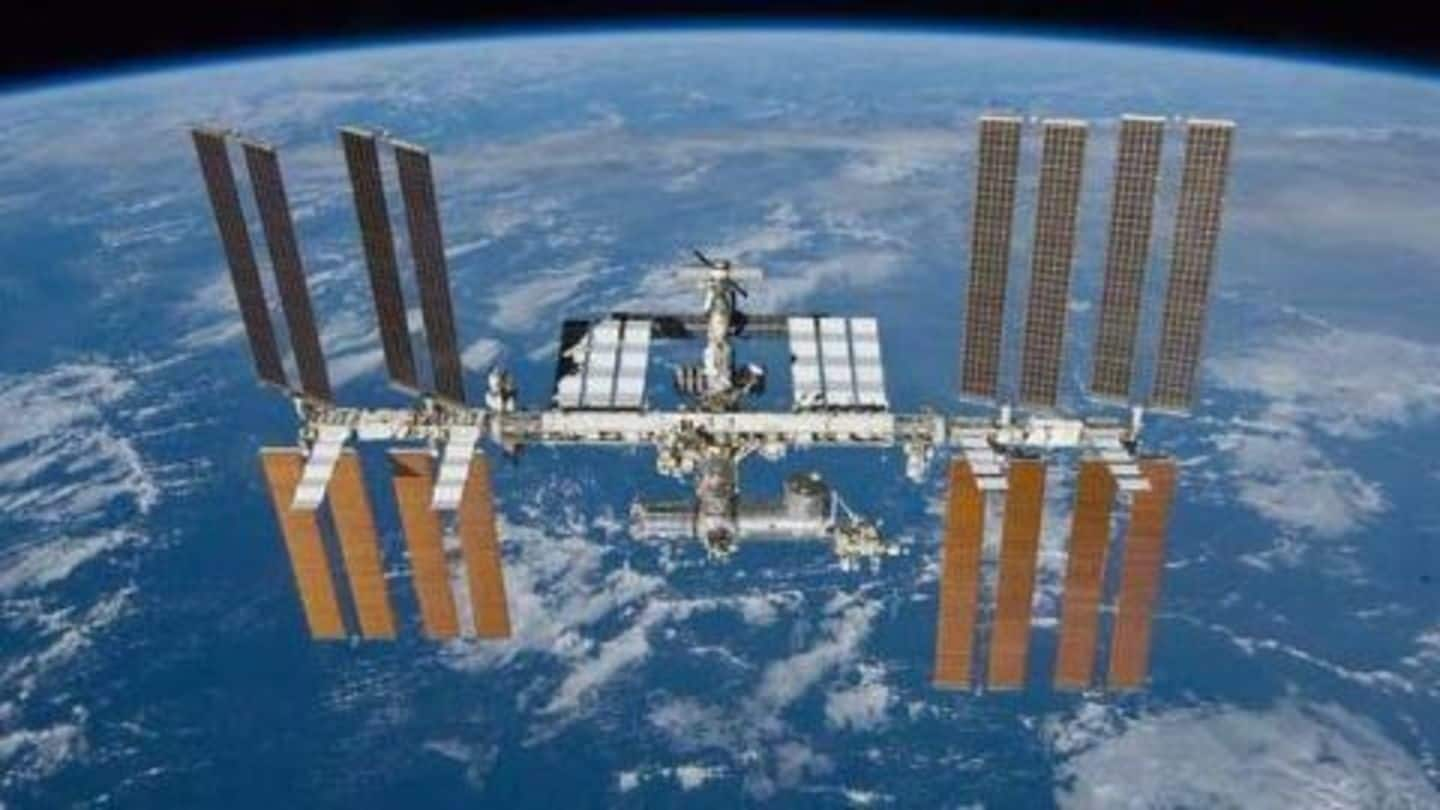
ISS celebrates 15 years of astronaut inhabitation
What's the story
The International Space Station (ISS) marked 15 years of continuous human presence in space on 2 November 2015.
Since Expedition 1 arrived at the ISS on 2 November 2000, 220 people representing 17 countries have lived in the space station in a span of 5,478 days.
Primarily used for experimentation, the ISS is crucial to the planned manned missions to Mars in the 2030s.
Do you know?
How much did the ISS cost?
The International Space Station is arguably the single most expensive item ever built. As of 2010, the estimated cost of constructing and operating the ISS was estimated to be $150 billion shared by US, Europe, Russia, Japan and Canada.
Growth
The expansion of the ISS over the years
The first component or module of the ISS, the Russian-developed Zarya, was launched into orbit in 1998.
By 2000, the ISS had 3 pressurized modules, some storage facilities and a couple of solar panels to keep it powered.
As of 2015, the ISS has grown to the size of a football field with 15 pressurized modules, and a habitable space of a six-bedroom house.
Do you know?
Expansion of the ISS
It took 37 dedicated space shuttle flights to deliver the ISS' solar arrays and truss segments, 9 US, European and Japanese modules, the station's Canadian-built robotic arm, experiment hardware, science racks and spare parts among other components.
Research
Science experiments aboard the ISS
The ISS serves as a microgravity and space environment research laboratory serving commercial, scientific and engineering purposes.
Experiments conducted by crew members are mainly in the fields of biology, human biology, astronomy, physics, and meteorology.
In its 15 years in space, 1760 experiments from researchers in more than 83 countries have been conducted in the ISS' laboratories, producing more than 1200 scientific results publications.
Do you know?
Revolutions around the earth
The ISS, which weighs 454,000 kilograms, has a pressurized volume equivalent to a Boeing 747, and runs of 3.3 million lines of software code, has made 87,600 revolutions around the earth in its 15 years in space.
Do you know?
Expedition 1
Expedition 1 consisted of a three member crew, and was the first long-duration stay on the International Space Station. It officially commenced when the crew docked to the ISS on 2 November 2000, and went on for 136 days.
Numbers
15 years of the ISS in numbers
The ISS orbits 240 miles above earth with an average speed of 17,150 mph.
It circles the earth once every 90 minutes, and the crew sees around 16 sunrises and sunsets every 24 hours.
Over 26,500 meals have been eaten aboard the ISS in the 45 crewed expeditions to the space station.
Astronauts have taken 189 spacewalks in the ISS' 15 years in space.